
A Big Focus On Fighting Drones At US Army Association Show In DC
Featured ground systems include the Oshkosh Striker with the new Medium Caliber Weapon System and the AM General MIMIC-V for special operations, while a major focus on drone and counter-drone capabilities was evident.
Other key systems highlighted were General Dynamics' PERCH and MUTT XM , which integrates loitering munitions and a Gatling gun for countering unmanned aerial systems (UAS), and the General Dynamics NEXUS Stryker (a new version of a command and control vehicle).
New solutions at the show focused on helping the Army operate against enemy drones.
The Ukraine war has changed land warfare significantly, rendering the use of armored platforms including tanks and infantry fighting vehicles difficult in a drone-heavy combat environment. One outcome has been resorting to small units of three to five soldiers to achieve certain combat objectives.
The Russians, for example, have been using motorcycles and even horses, a huge step back in time from a combat perspective. Both sides also increasingly feature standoff weapons, but find it difficult to capitalize even where they can knock out a command post or cluster of enemy soldiers.
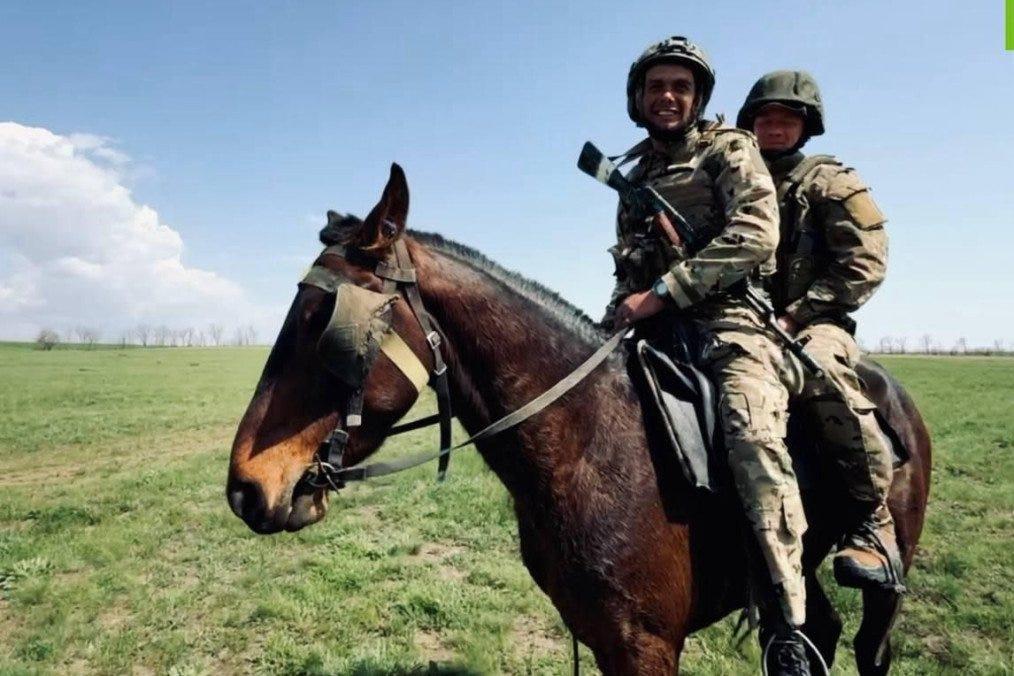
Russian soldiers during a horse-mounted training in the Donetsk region, 2025. (Photo: Russian media
Drones have also replaced, to some degree, long range aviation and missiles. Deep precision strikes by the Russians on Ukraine's critical infrastructure, and by Ukraine on Russian territory, illustrate the usefulness of attack drones on fixed targets. While both sides understand they will sacrifice many drones to knock out a target, and use some of them as decoys, overall the costs of operation are much lower than a conventional fighter jet or bomber-led attack, and the consequences far more acceptable when it comes to manpower, which survives operations and the cost of hardware which is lost.
The technologies that have appeared at AUSA mostly are intended to improve drone detection and methods to destroy them. So far, none of the technology promoted shows any great ability to seek out the operators and, inter alia, to destroy drone supply chains.
Modern counter-drone systems employ a layered approach, integrating various technologies to cover the full spectrum of drone defense – from early detection to neutralization. The solutions on display at AUSA 2025 exemplify this strategy.
Detection and sensing technologiesAt the heart of any effective counter-drone system is the ability to detect and identify aerial threats early. Several exhibitors at AUSA have been demonstrating advanced sensor technologies, including long-range thermal cameras, radio frequency (RF) detection systems and electro-optical/infrared (EO/IR) cameras.
Latest stories
Israel's crack spy agencies rely on help from their friends

The fundamental task of reconciliation in the Middle East

As China, US race for critical minerals, Africa needs to make rules
Motorola Solutions , for example, is showcasing an integrated network of RF sensors and thermal cameras designed to track drones and detect their operators. These sensors form the backbone of early warning systems, especially useful in low-visibility conditions or complex urban environments.
Electronic warfare and jammingOnce a drone is identified, neutralization typically involves non-kinetic methods such as RF jamming and signal spoofing. Trust Automatio is presenting its GATTM UAS jammer at AUSA. It's a compact, weapons-mountable device capable of disrupting drone communications and disabling threats without the need for physical destruction. These jammers are particularly useful in scenarios where the use of kinetic force may result in collateral damage, such as near civilian populations or critical infrastructure.
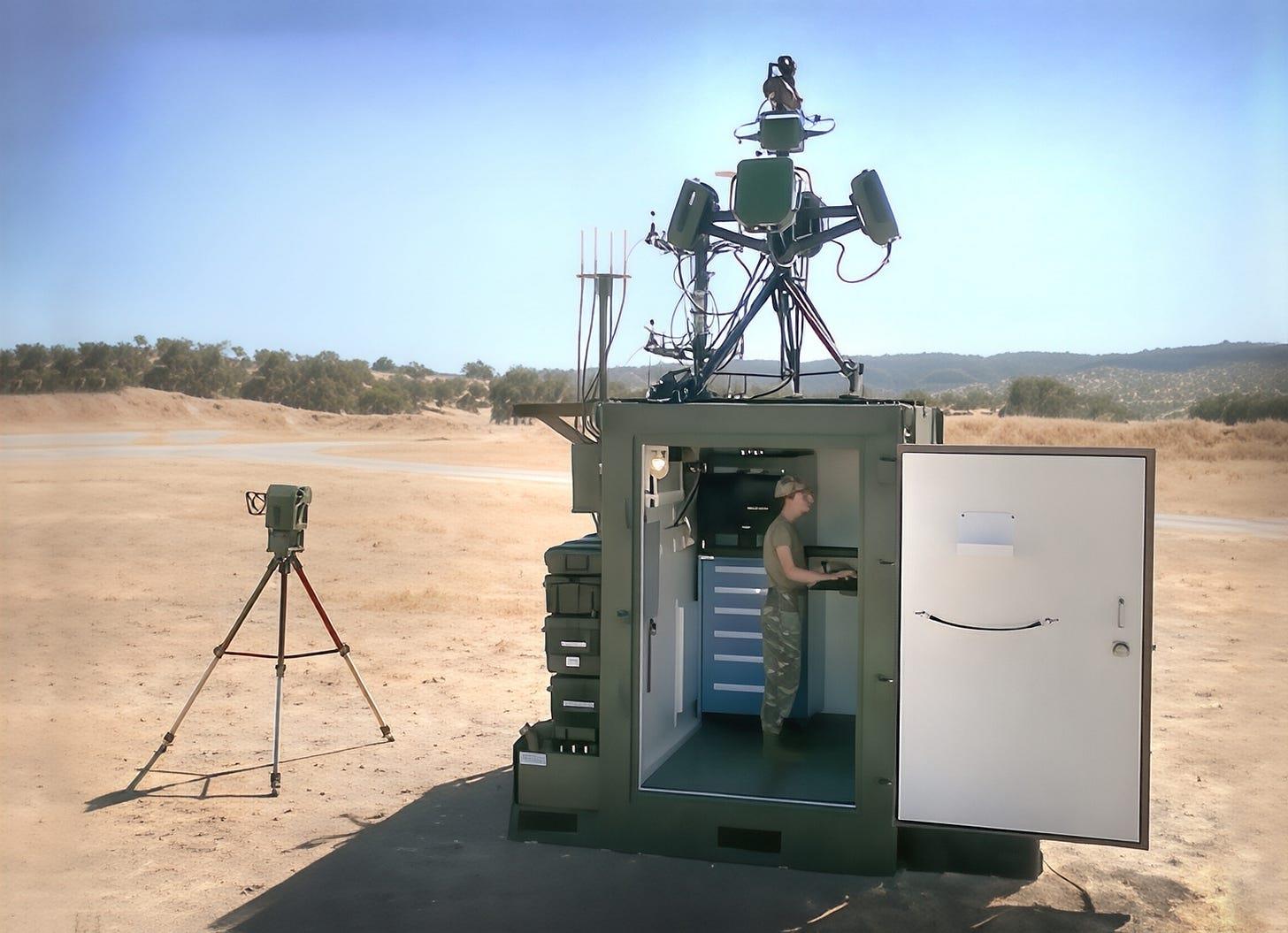
Trust Automation's Small-Unmanned Air Defense System (SUADS), which provides both fixed-site protection - such as Air Force base defense operations - and rapidly deployable defense for key assets and units in combat zones.
As more and more drones are capable of autonomous operations, and are equipped with multiple sensors to seek out targets and provide self-situational awareness, jammers will inevitably focus more on scout and reconnaissance drones, which must communicate – and less on attack combat drones, which may not need radio communications.
Moreover, on the battlefield there already are combat drones connected by fiber optics that are not jammable.
A Ukrainian soldier shows an example of a fiber-optic FPV drone. Photo: АрміяІнформ Directed-energy weapons
For higher-end threats or swarm scenarios, directed-energy weapons like high-energy lasers are gaining traction. Previous AUSA exhibitions featured systems such as Leonardo DRS's Stryker-mounted laser weapons, designed to destroy drones mid-flight with precision. These systems offer a cost-effective and scalable solution for neutralizing multiple drones in rapid succession, a key capability in defending against mass drone attacks.
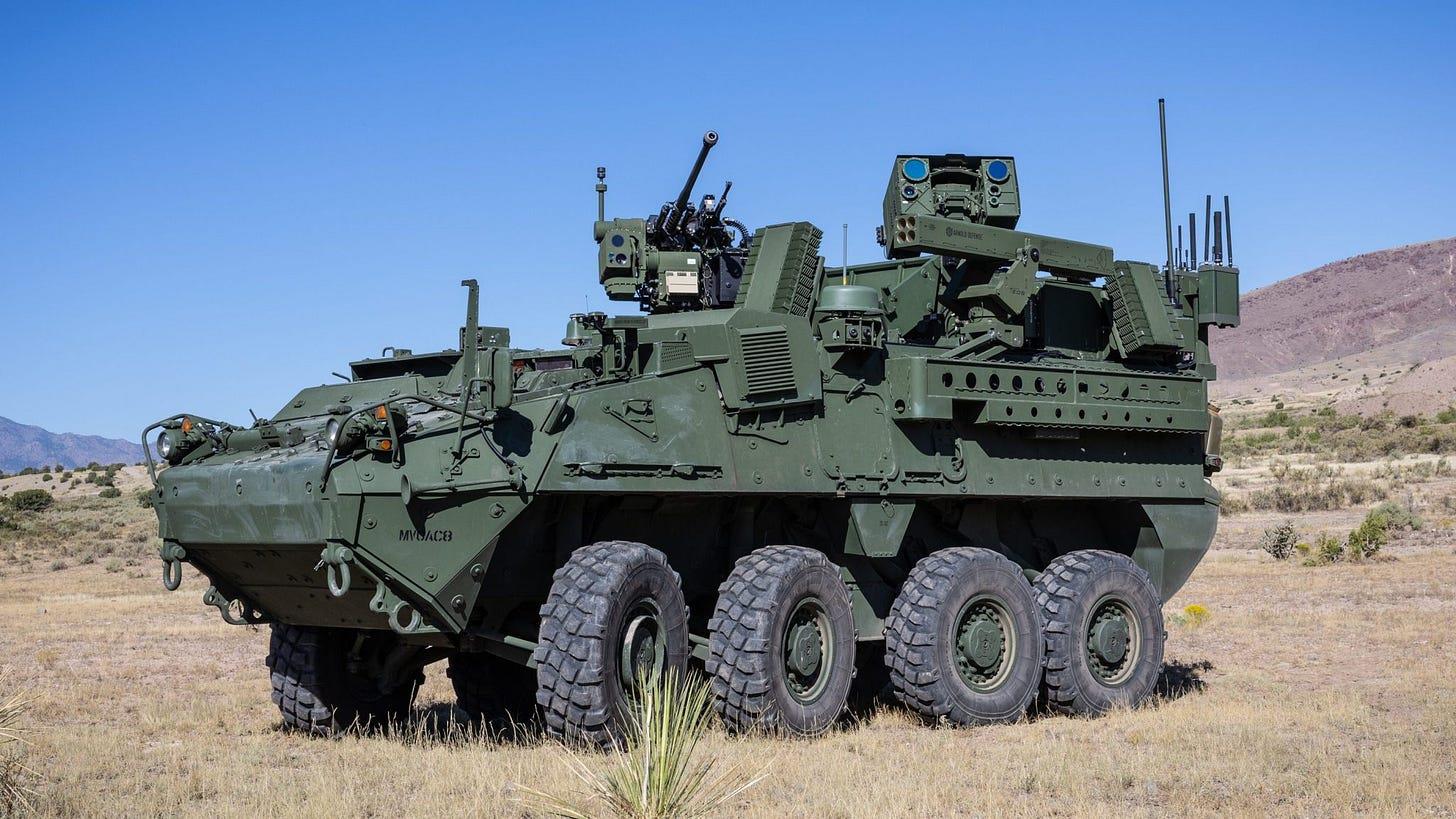
Counter-UAS Directed-energy Stryker
The problems facing laser solutions are making them small enough and sufficiently portable to play a sustained role in combat scenarios. Israel, for example, is already putting lasers on tanks and combat vehicles. Called Lite Beam, the Israeli system is already deployed and has registered some early success.
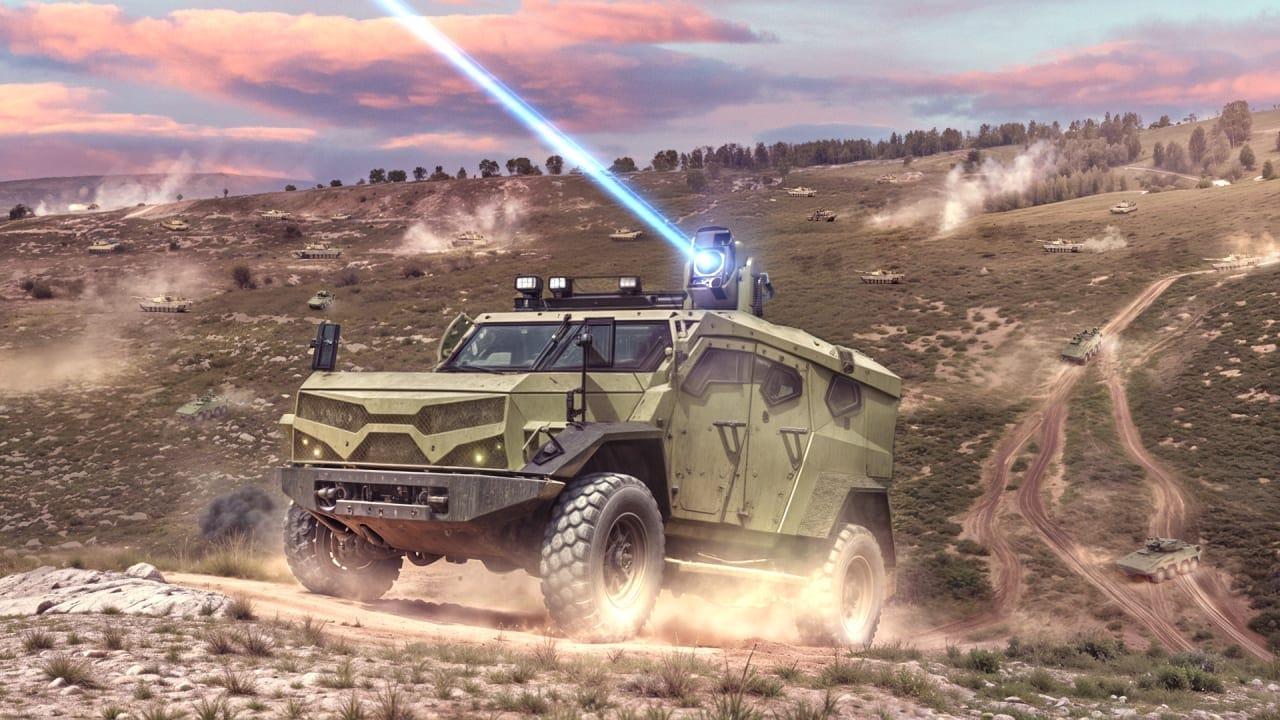
Lite Beam. Photo: Rafael Advanced Defense Systems Autonomous interceptors and drone-on-drone defense
One of the more novel technologies on display comes from Onda , whose Iron Drone Raider uses autonomous drones to intercept and disable enemy unmanned aerial systems in flight. These drone-on-drone systems represent a shift toward fully autonomous, AI-enabled defense platforms that can respond to threats without constant human input, improving reaction time and reducing operator workload.
Drone-on-drone warfare in theory makes good sense, but operationally has many challenges. The Ukrainians claim they have already knocked out some Russian drones in drone-on-drone combat. As a practical solution, this solution probably works best for protecting fixed-site targets such as command centers, airfields or infrastructure, mostly because it is a potentially cheap solution compared with the cost of air defense systems. How it compares with using lasers is an issue that needs to be sorted out.
In dense combat environments, cheap systems without effective IFF (Identification Friend or Foe), presents an operational challenge.
Command and control integrationTechnology alone is insufficient without the infrastructure to manage it. Many systems at AUSA are paired with advanced command and control (C2) platforms that integrate sensor data, streamline decision-making and automate responses.
Motorola Solutions is presenting a SaaS-based control system developed in partnership with SkySafe, which combines drone tracking data with situational awareness tools. These platforms enable forces to identify not only the drone but also its flight path and potential operator location – critical information in both kinetic and electronic countermeasures.
Portability, modularity, and rapid deploymentFlexibility is another essential feature of modern C-UAS systems. Exhibitors such as Trust Automation are showcasing modular systems such as the Small-Unmanned Air Defense System (SUADS), which can be rapidly deployed in both fixed-base and mobile operations. These solutions are built to adapt to different mission needs – from protecting military convoys on the move to securing remote outposts or urban areas.
Operational challenges and real-world applicationsThe capabilities displayed at AUSA 2025 are a direct response to operational challenges faced by US and allied forces. The growing use of drone swarms – in which dozens of small UAS coordinate attacks – demands fast, scalable defenses.

Sign up for one of our free newsletters
-
The Daily Report
Start your day right with Asia Times' top stories
AT Weekly Report
A weekly roundup of Asia Times' most-read stories
Joint Army experiments have simulated such scenarios, validating systems that can detect and defeat 40+ drones simultaneously. Moreover, the widespread availability of low-cost commercial drones has made them accessible to insurgents, criminal groups, and hostile state actors alike. This increases the need for adaptable, rules-of-engagement-sensitive defenses that work across all theaters of operation.
Key challenges these technologies aim to overcome include:
-
Detection of low-observable drones with small radar cross-sections
Minimizing collateral damage through non-kinetic defeat methods
Integration with existing air defense networks
Rapid deployment and mobility for front-line and field use
Scalability for swarm defense and large area coverage
Complexity and support (and in the case of jammers and lasers, adequate electrical power/recharging)
Training and integration in current-day forces
The US Army is on the right path in seeking solutions to drone-based warfare. But the road ahead is strewn with many potholes, especially if cheap drones become more stealthy and utilize autonomous guidance and target detection.
The Russians, for example, have recently modernized their Geran-2 drone incorporating some artificial intelligence capability and sensor integration allowing the drone to go after individual enemy targets such as machine-gun nests and other visually identifiable aimpoints.
Recovered Russian drones were found stuffed with US and allied components, including an NVIDIA chipset. Current sanctions and other measures cannot keep up with technology proliferation, and US Army solutions will need to come up with smart solutions that keep pace with battlefield evolution and innovation.
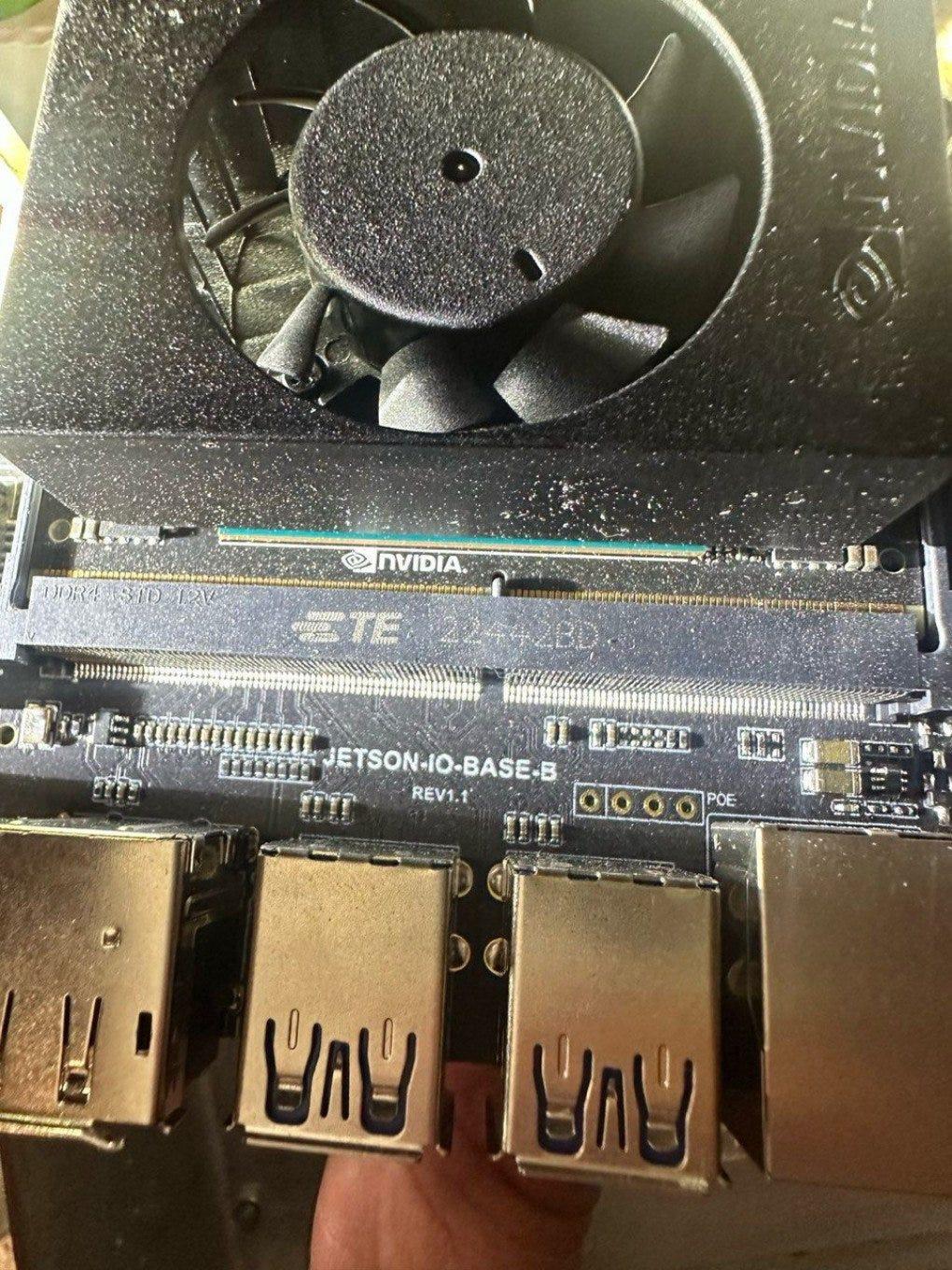
Nvidia Jetson IO microchip, used for the AI-powered features. Photo: HUR
If the US Army were fighting in Ukraine today, it would not have full capability to deal with drone threats. It is obvious there is a need to move far more quickly and smartly.
Asia Times senior correspondent Stephen Bryen is a former US deputy undersecretary of defense. This article was originally published on his Substack newsletter Weapons and Power . It is republished with permission.
Sign up here to comment on Asia Times stories Or Sign in to an existing accoun
Thank you for registering!
An account was already registered with this email. Please check your inbox for an authentication link.
-
Click to share on X (Opens in new window)
X
Click to share on LinkedIn (Opens in new window)
LinkedIn
Click to share on Facebook (Opens in new window)
Facebook
Click to share on WhatsApp (Opens in new window)
WhatsApp
Click to share on Reddit (Opens in new window)
Reddit
Click to email a link to a friend (Opens in new window)
Email
Click to print (Opens in new window)
Print

Legal Disclaimer:
MENAFN provides the
information “as is” without warranty of any kind. We do not accept
any responsibility or liability for the accuracy, content, images,
videos, licenses, completeness, legality, or reliability of the information
contained in this article. If you have any complaints or copyright
issues related to this article, kindly contact the provider above.

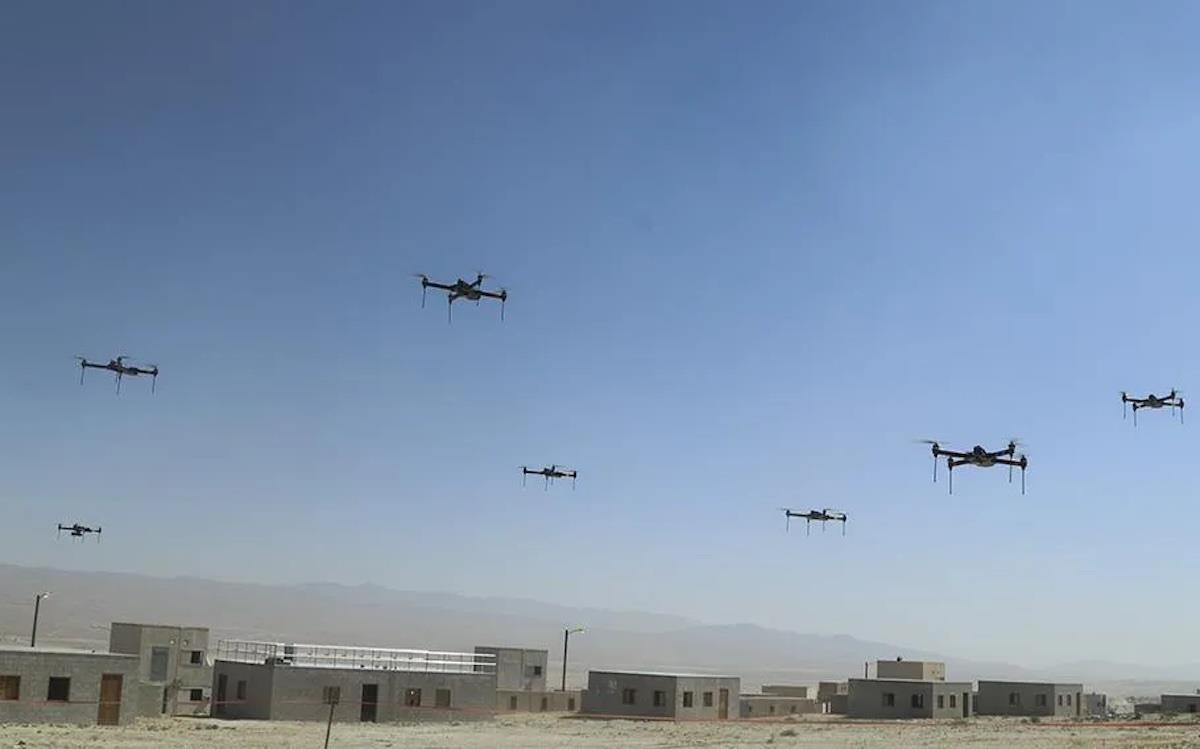















Comments
No comment